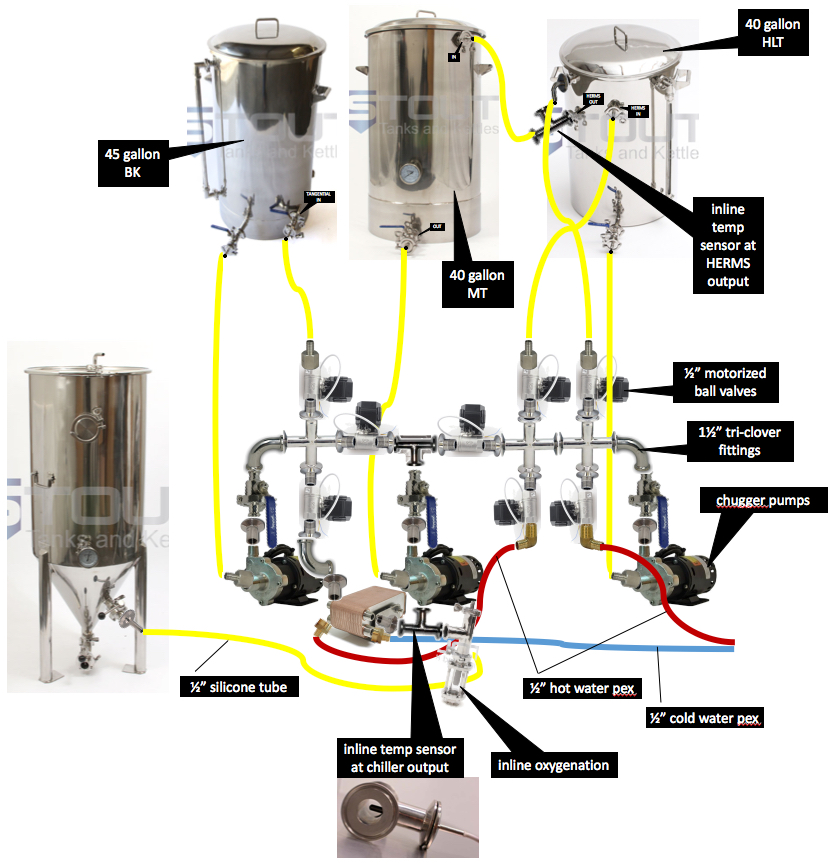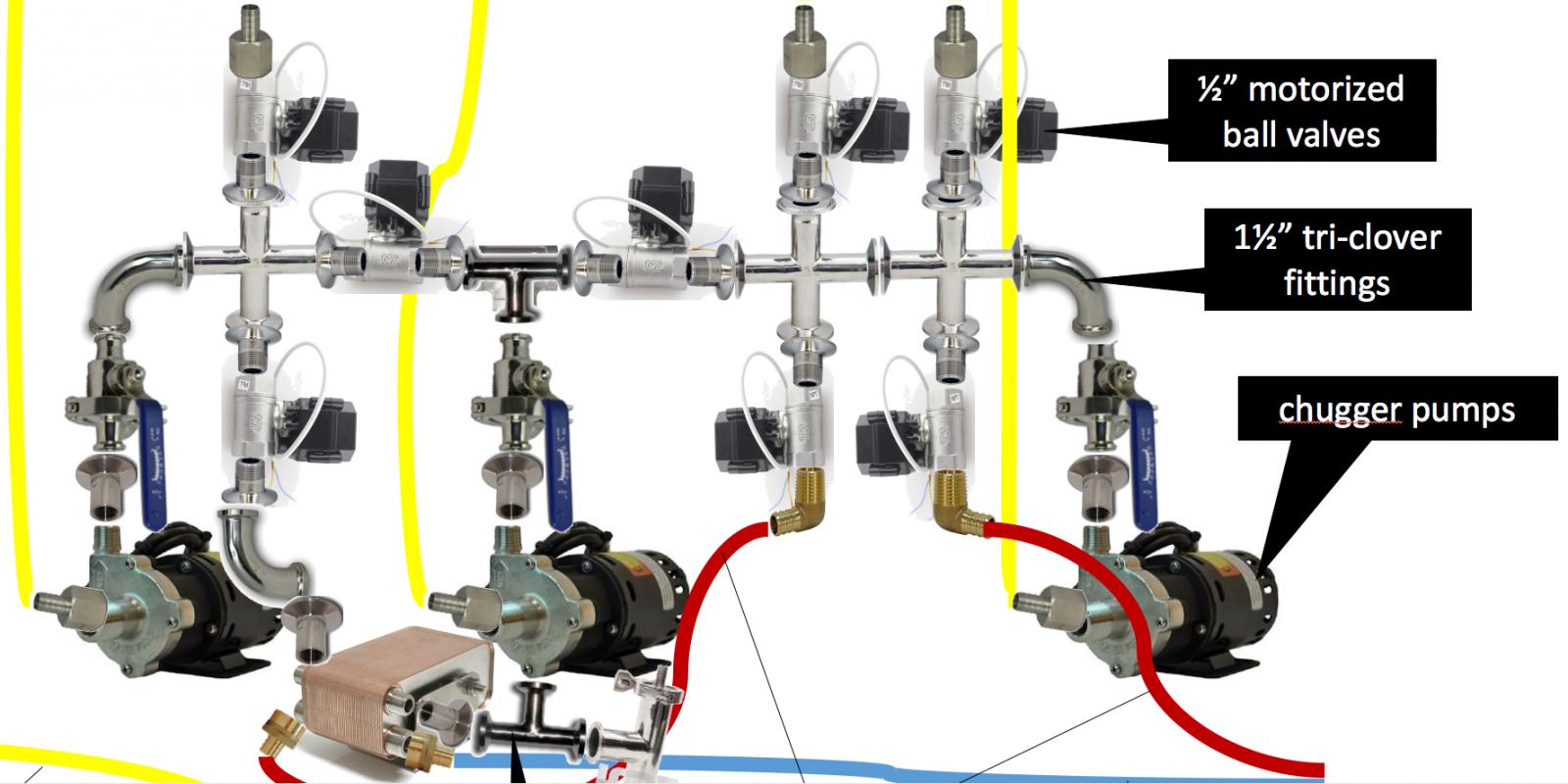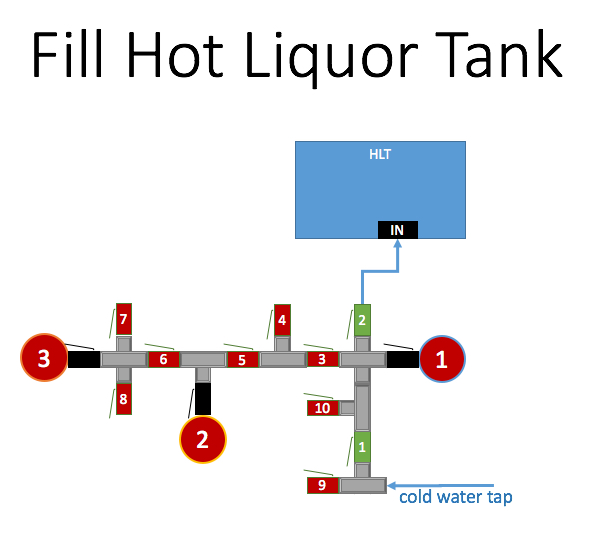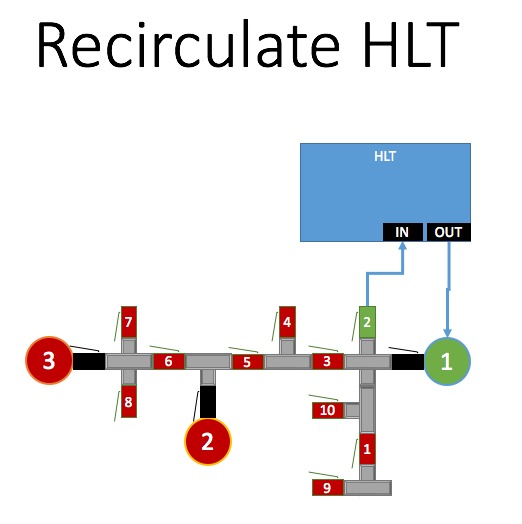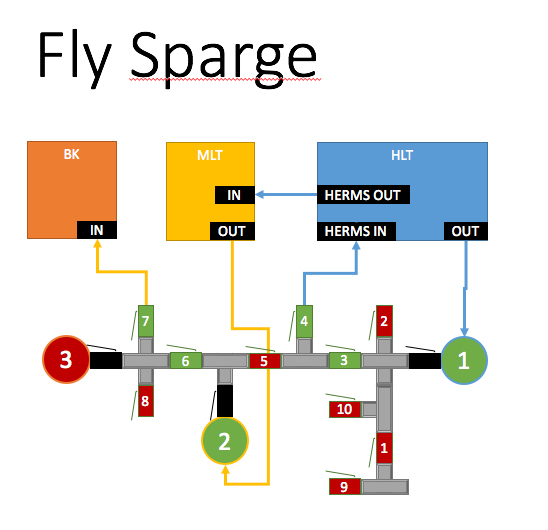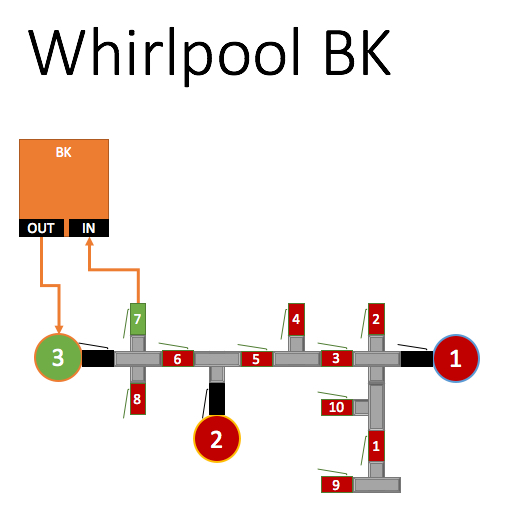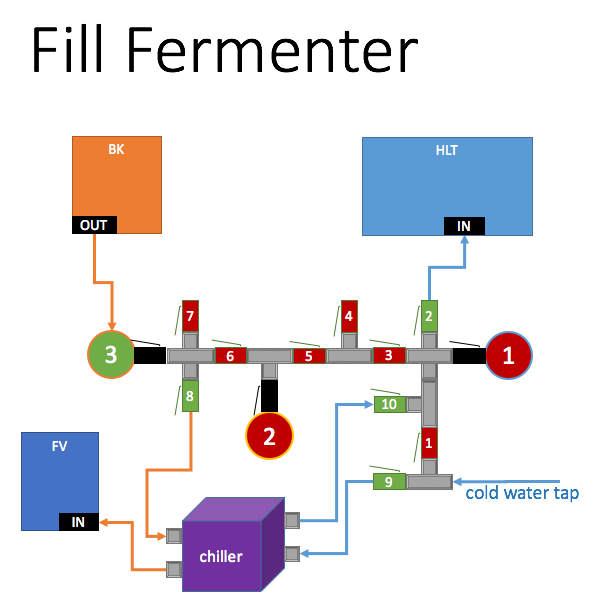I'm designing a new system. I intend to use BCS462 controller. One area I am looking at is incorporating automated ball valves (both 2 way and 3 way) like the ones offered by Johnson Controls. Given the added cost, slow response, and BCS interface making throttling flows a trial and error process, I'm wondering if it's even worth pursuing. I like the idea of being able to automate certain processes so I can "kick back" on brew day, but in reality my OCD tendencies means I'll likely be standing guard anyway.
Anyone have any experience upgrading from manual to automated valves and care to share your thoughts?
Anyone dive head first into the automated valves never to look back with no regrets?
Thanks in advance.
Anyone have any experience upgrading from manual to automated valves and care to share your thoughts?
Anyone dive head first into the automated valves never to look back with no regrets?
Thanks in advance.


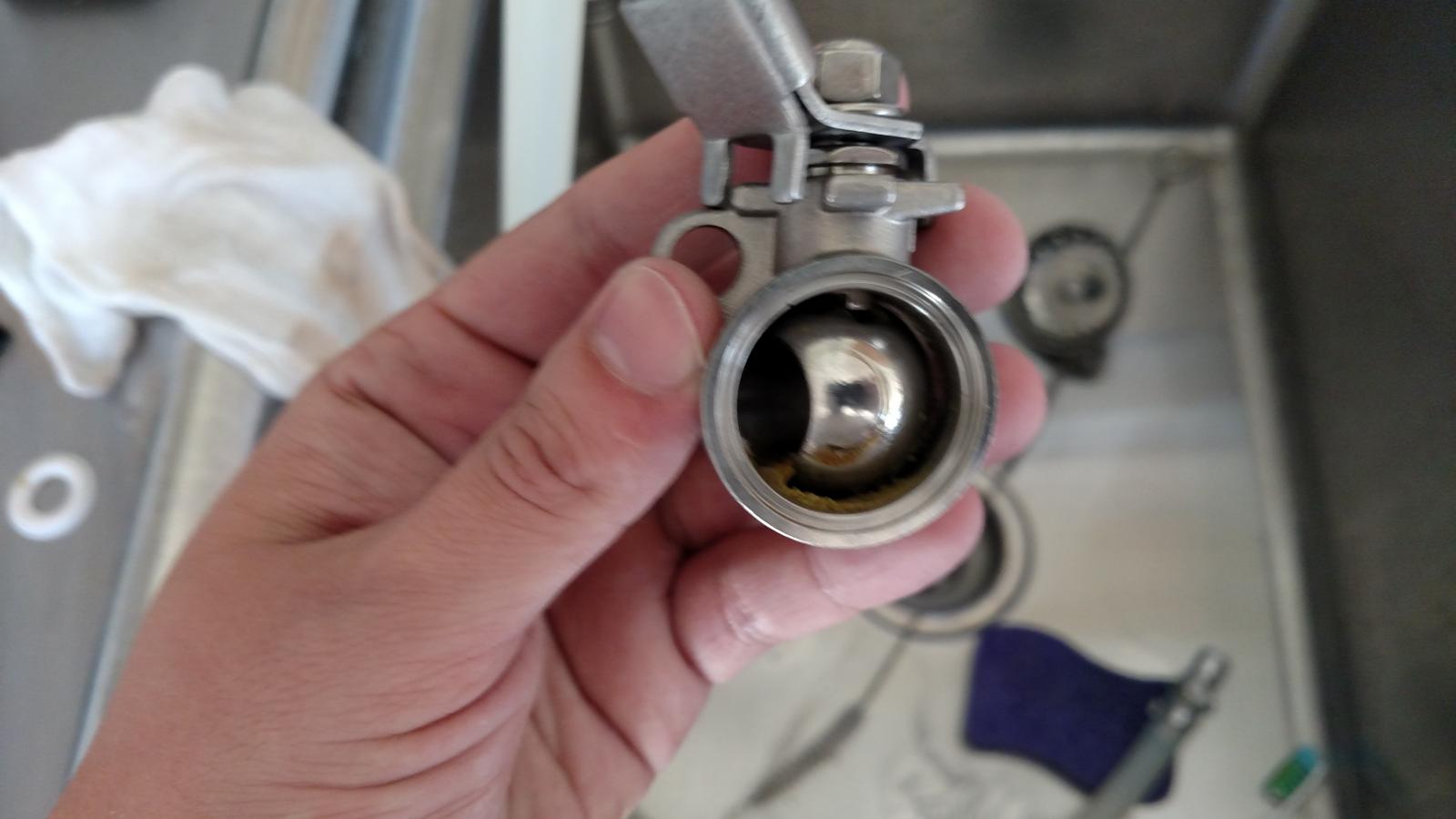
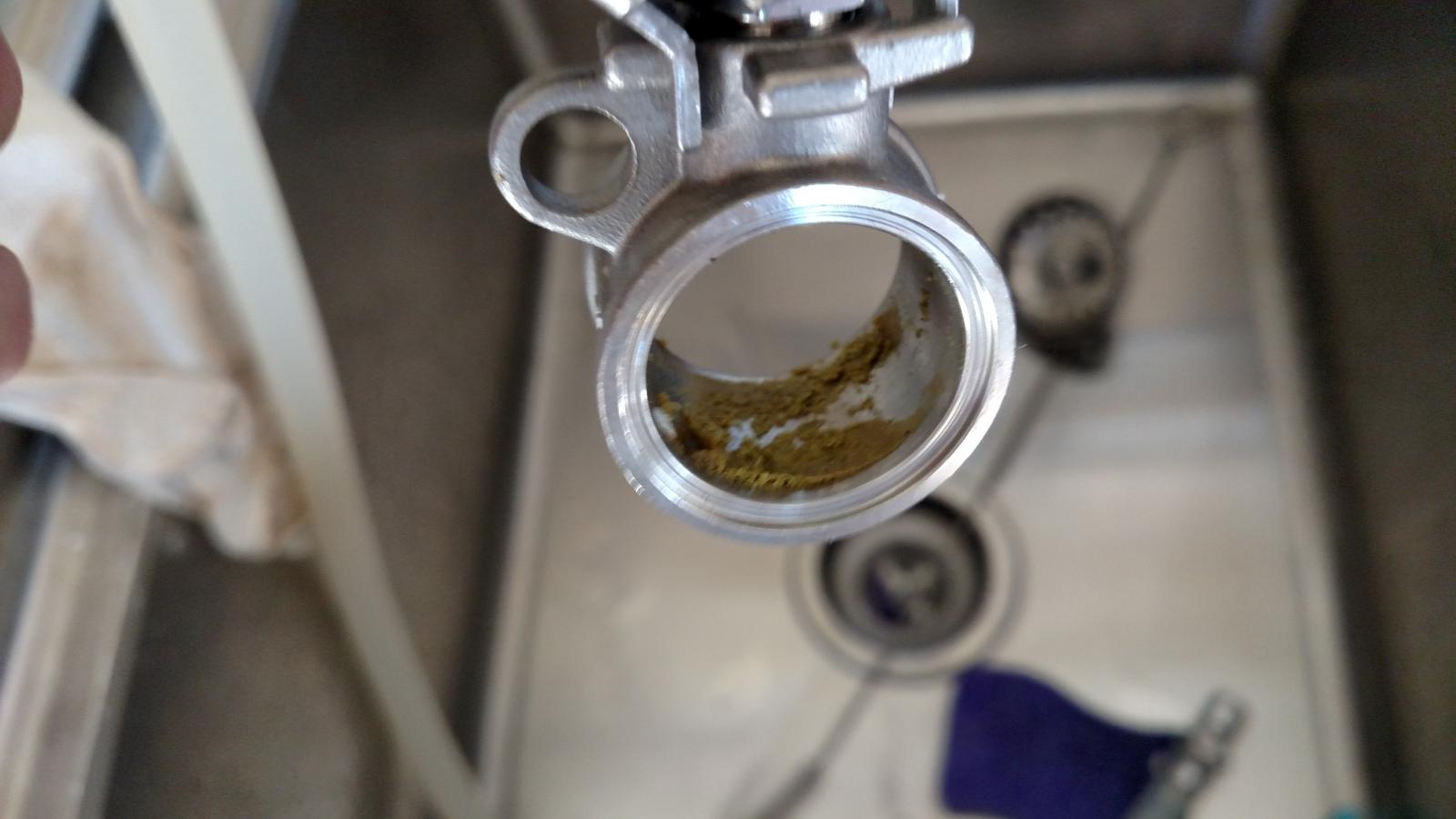



















































![Craft A Brew - Safale BE-256 Yeast - Fermentis - Belgian Ale Dry Yeast - For Belgian & Strong Ales - Ingredients for Home Brewing - Beer Making Supplies - [3 Pack]](https://m.media-amazon.com/images/I/51bcKEwQmWL._SL500_.jpg)



